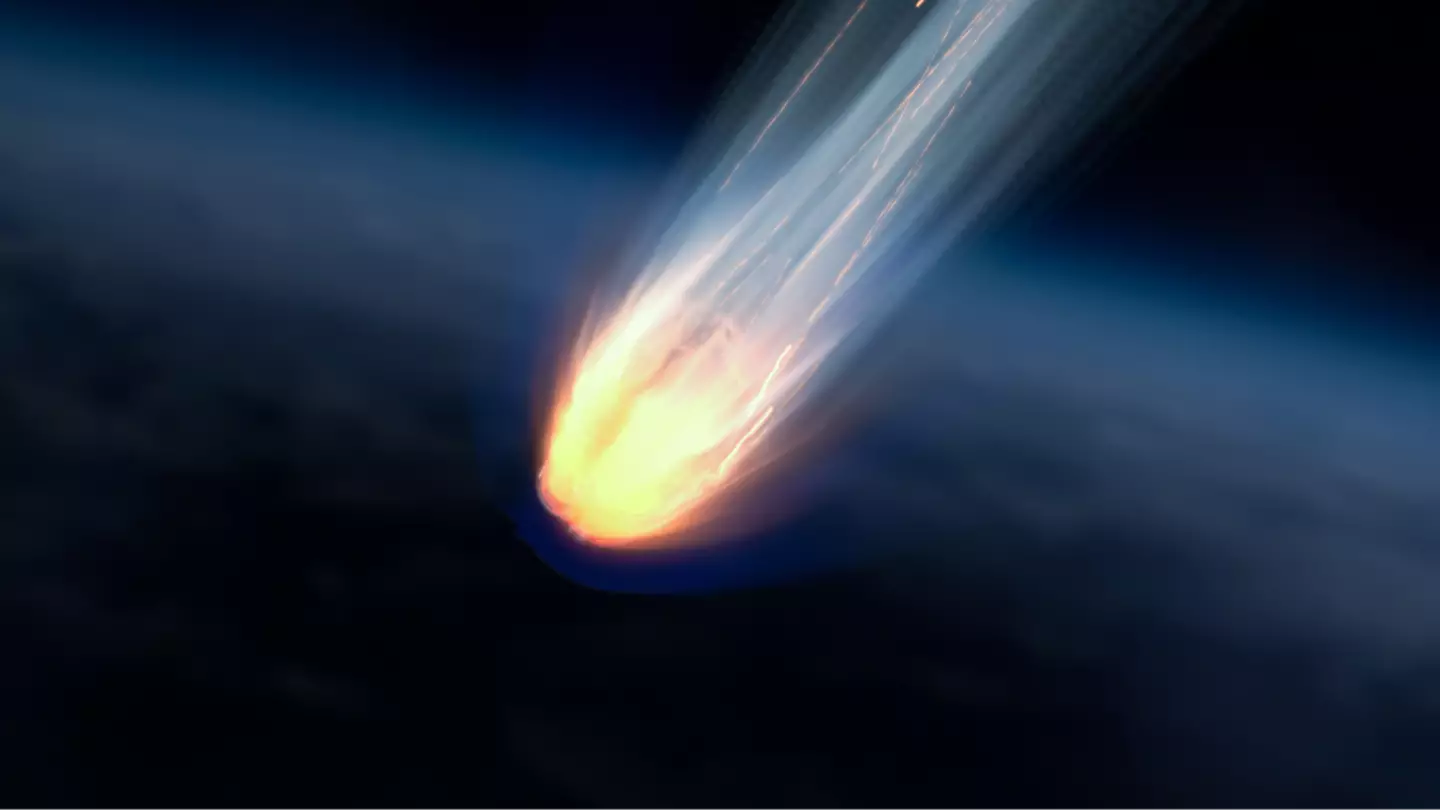NASA issues disturbing update on 'city destroying' asteroid that could hit the moon in a matter of years
The 'city destroying' asteroid could hit the Moon in the year 2032
Featured Image Credit: Getty Stock ImageTopics: NASA, Space, 2024 YR4, Moon, Science, Earth

